Penny Stock Trading Australia – Best Penny Stock Trading Platform (2021)
Please note that we are not authorised to provide any investment advice. The content on this page is for information purposes only.
Please note that we are not authorised to provide any investment advice. The content on this page is for information purposes only.
If you are bold and adventurous, penny stocks are for you. These stocks trade for $5 or less, so you can buy a large number of shares even if you have a low budget. Penny stocks also help you diversify your investment without tying up too much of your capital.
On one hand, you have the chance of finding a penny stock that will eventually turn out to be a giant market leader – like Apple, which traded for less than $0.8 per share in the early 2000s. On the other hand, traders opt for penny stocks due to their volatile nature – big price swings means that you stand to have double-digit portfolio growth if your hunch is correct. Let’s find out more about the best penny stocks trading platforms in Australia and what features they have.
Table of Contents
In general, penny stocks are small companies that do not trade on the stock exchanges. While some penny stocks can be found on the New York Stock Exchange or Nasdaq, the majority of them are traded via OTC (over-the-counter) transactions. Due to high risk and volatility, penny stocks are not so frequently traded, so they may be considered illiquid.
This makes it difficult to find the best penny stocks trading platforms in Australia. To help you achieve your trading objective, we have done the research on your behalf and picked the best penny stocks trading platforms in Australia right now:
Let’s find out more about each of them, so you can pick the right one for your needs, knowledge, skills, and investment objectives.
In the next sections, we will review the top five penny stocks trading platforms in Australia. Let’s find out what their offering is, how you can find and trade penny stocks, and what costs you should be aware of.
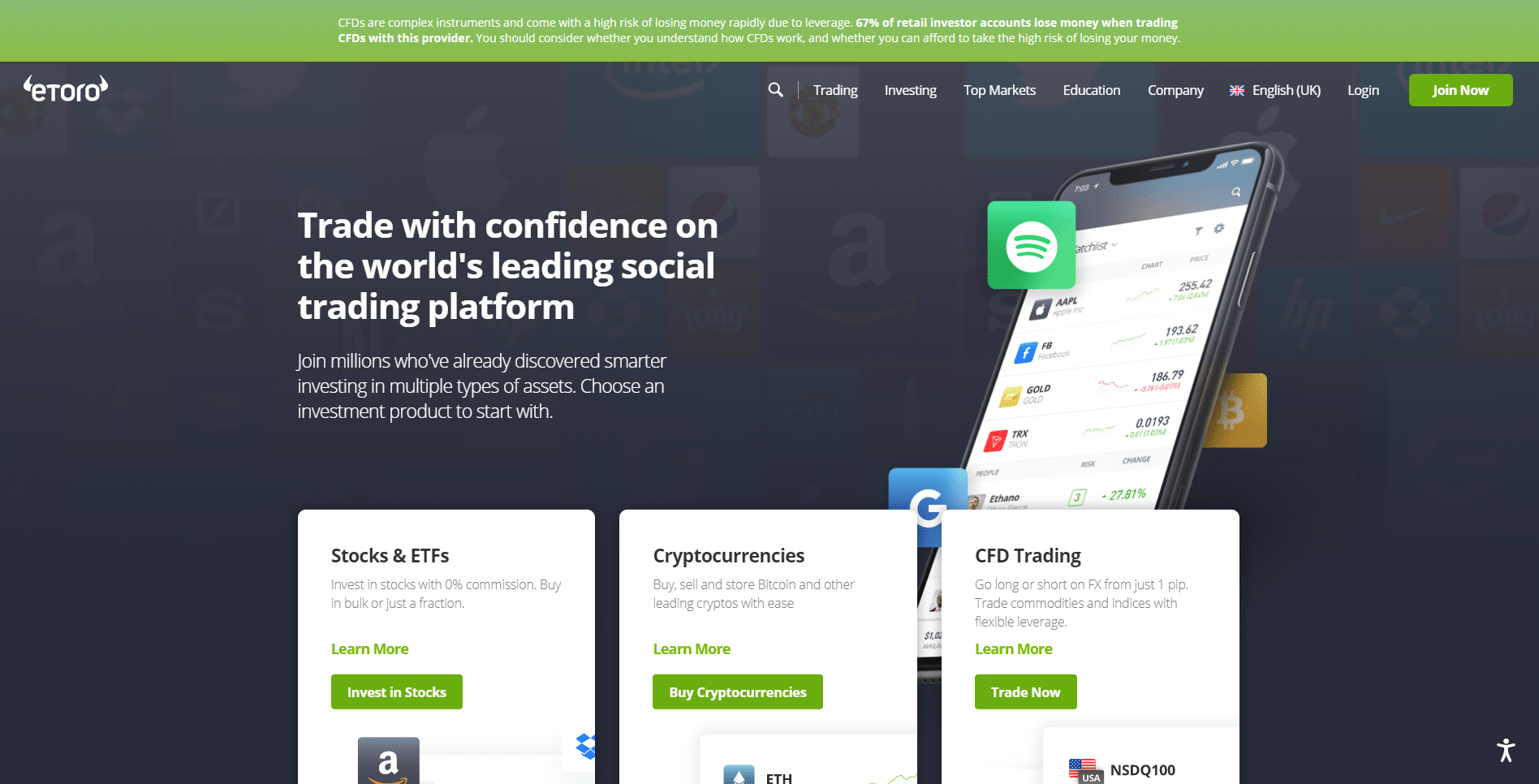
eToro is one of the most popular brokers in the world. Its trading platform functions both as a CFD provider, where you can trade contracts-for-difference to capitalise on price movements of stocks, and as a regular stockbroker where you can buy the real stocks.
As they are extremely risky, eToro does not provide access to OTC penny stocks. All the penny stocks available on the platform are traded on major stock exchanges, which makes them safer since they have to comply with current regulations to be traded on such stock exchanges.
Also, all real stock trading is completely free – all you need to do is deposit at least US$200 and you can buy stocks for at least US$50 with no commission. You can sell or hold them as long as you wish without incurring any fees.
One drawback is that eToro does not have a stock filter that helps you screen the stocks according to market cap or stock price range (only industry or exchange). Thus, eToro is ideal if you are willing to either use eToro’s extensive list of stocks to find penny shares worthy of your investment, or use one of the many free stock screeners available online to find the right assets. However, if you want the cheapest and most convenient way to trade penny stocks, eToro is perhaps the best choice on the market.
Pros
Cons
67% of retail investor accounts lose money when trading CFDs with this provider.
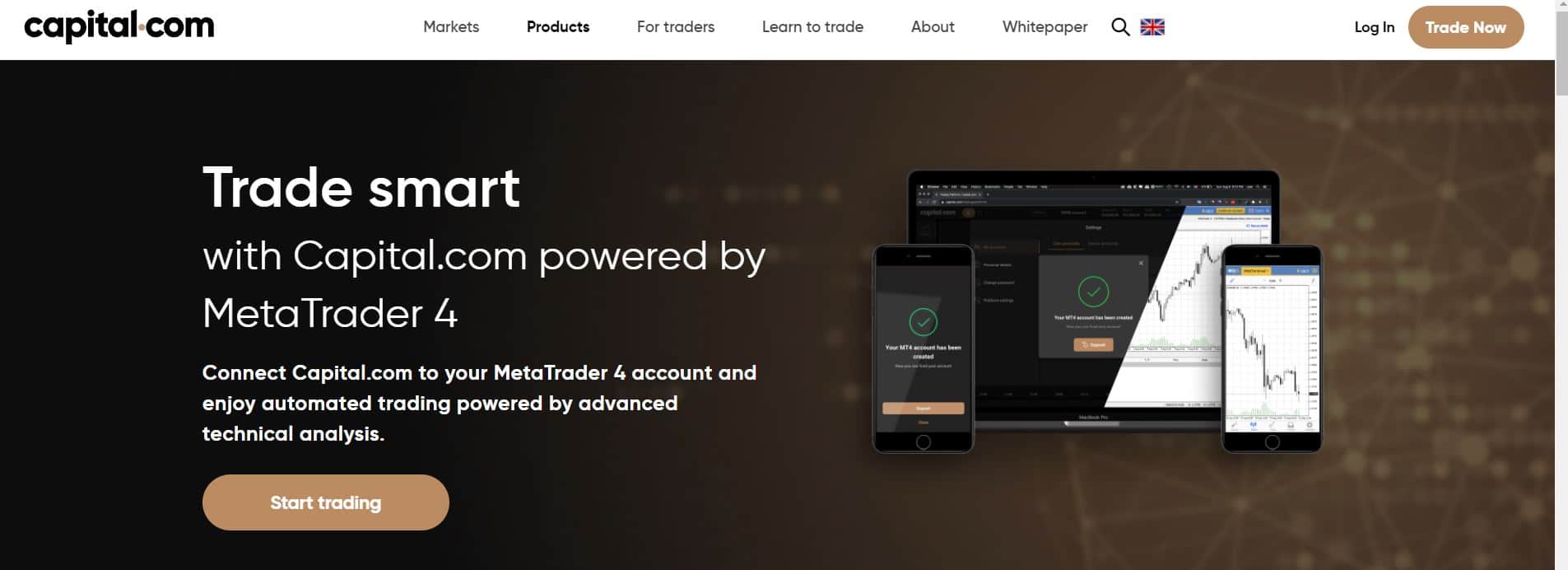
If you are just about to dip your toes in the investment pool, Capital.com has all it takes to make your experience smoother and easier. The user-friendly platform is suitable for beginners as you can start with only US$20 and it is fully packed with educational resources. You can start trading via your web browser or smartphone, and both of them are quite straightforward.
New users may also want to check out the demo account – this helps you test your strategy and get used to the trading features, and learn how to use charts and analysis tools, among others.
Capital.com provides access to penny stocks from the UK, US, Japan, Europe, and many more markets. All of these penny stocks can be traded at no costs due to the platform’s commission-free policy, just like eToro. However, unlike eToro, Capital.com only provides CFDs, so you cannot buy and hold the real assets, but you can short-sell or use leverage with maximum convenience.
Pros
Cons
67% of retail investor accounts lose money when trading CFDs with this provider.
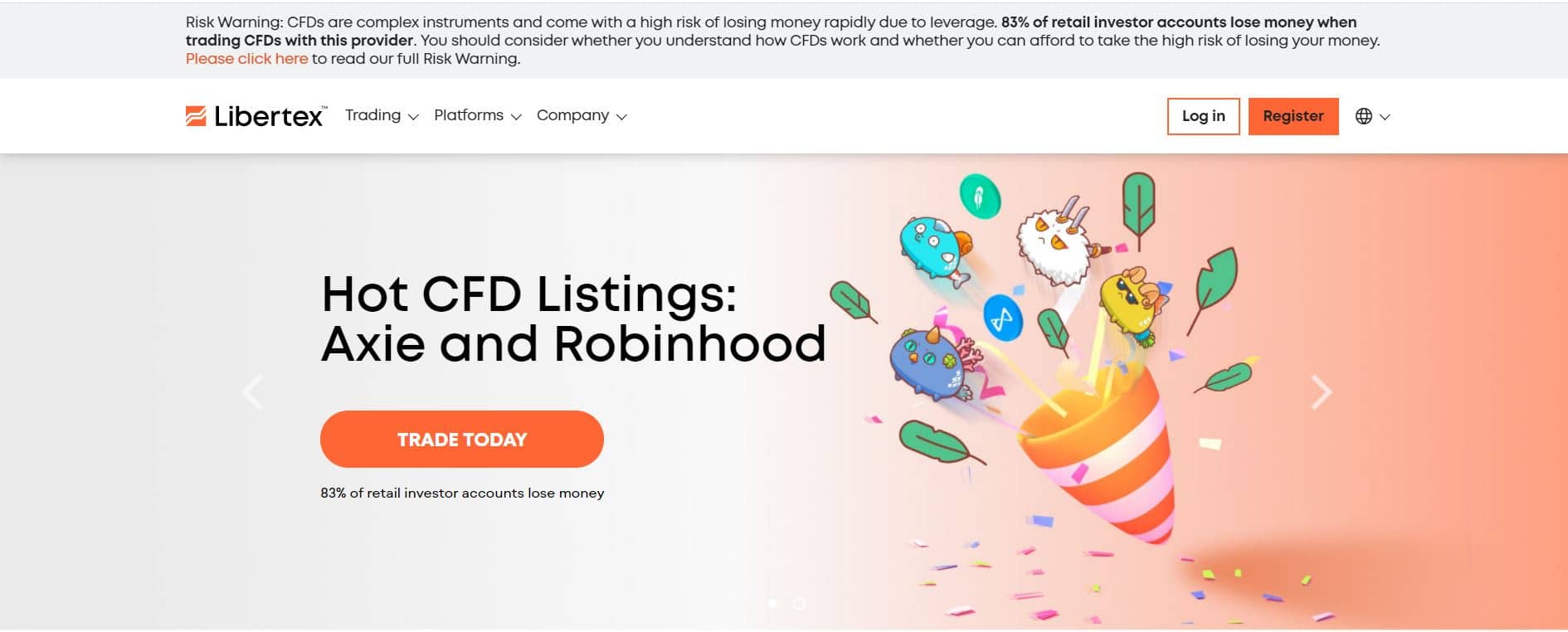
Libertex is another CFD provider available to Australian citizens. Unlike eToro which also acts as a regular stockbroker, Libertex allows you to go long or short through CFDs only. However, some CFDs on stocks and other assets available on this platform come with a small trading fee of around 0.2%.
If you are an experienced trader, you may want to sign up with Libertex. The broker is preferred by seasoned stock traders as it provides access to many technical indicators, advanced orders, and lots of assets with tight spreads.
Pros
Cons
67% of retail investor accounts lose money when trading CFDs with this provider.

TradeStation used to be a rather expensive broker with a complex fee structure. However, one of the new features implemented is known as TSgo, a new platform that makes stock trading cheaper regardless of the transaction size.
One of the features of TradeStation that recommends it as one of the best penny stock trading platforms in Australia is the market screening tool. Also, there are numerous tools for risk assessment, so you can identify and analyse the risk of different penny stocks before investing in them. TradeStation also has a pretty robust knowledge section, so you can get familiar with different strategies and trading features.
Pros
Cons
67% of retail investor accounts lose money when trading CFDs with this provider.
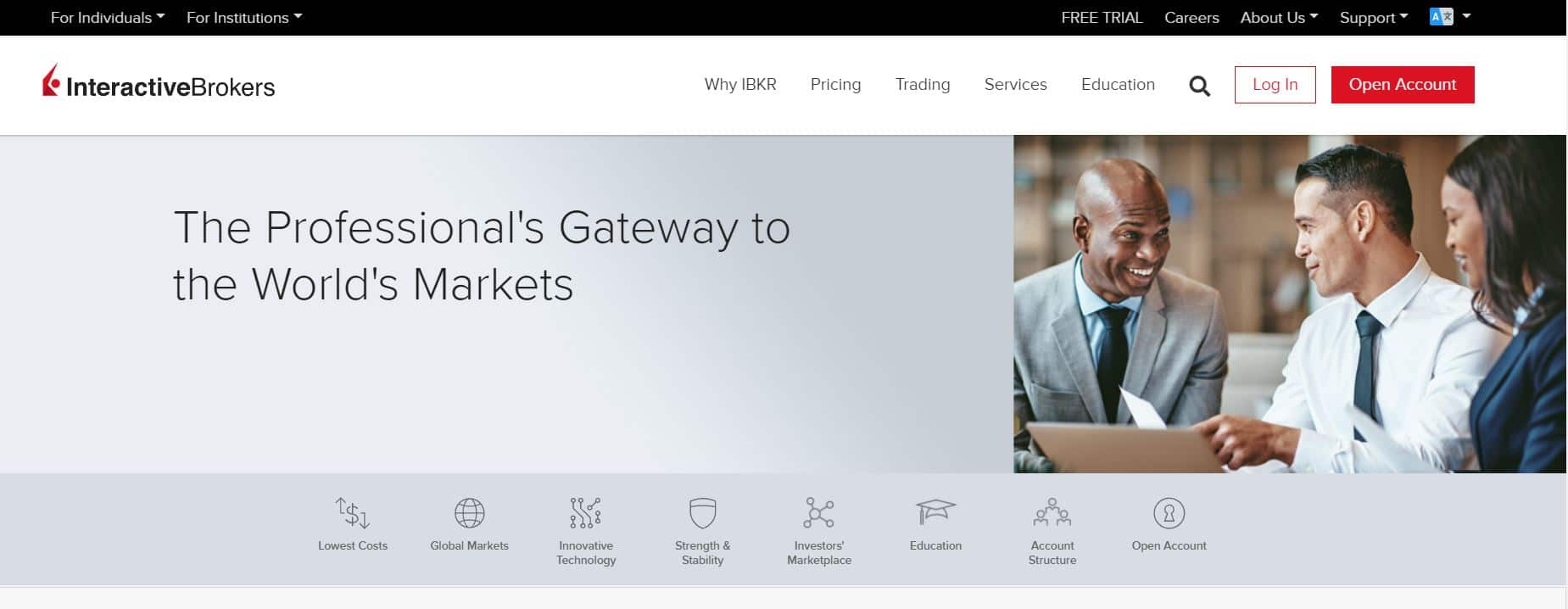
If you have a higher appetite for risk, Interactive Brokers may be the right choice for you. The broker provides access to OTC stocks and exchange-traded penny stocks.
One of the best highlights of Interactive Brokers’ trading platform is the advanced interface. Apart from other tools, you can access a stock screener which allows you to find stocks within specific price ranges, domestic or foreign stocks, or look for stocks on the OTC marketplace. However, to search for penny stocks according to these features, the trading platform requires you to choose either top losers, most active, or 13-week high, which is quite restrictive.
On the other hand, Interactive Brokers requires you to pick a service plan: IBKR Lite or OBKR Pro. Stock commission plans are quite complicated as you can choose from different cost systems.
For instance, for IBKR Lite, OCTBB penny stocks are free (only for US stocks) or $0.005 per share with a minimum $1 and a maximum of 1% of trade value for the IBKR Pro. You can alternatively choose the pricing based on monthly activity (i.e., $0.0035 per share if you trade less than 300,000 shares per month, without including exchange and other fees).
Pros
Cons
67% of retail investor accounts lose money when trading CFDs with this provider.
Now that you are familiar with the best penny stocks trading platforms in Australia, it’s important to consider the next few aspects when picking the right one for your needs.
The best trading platform must comply with current financial regulations in Australia. Make sure you check that the broker is registered with the ASIC – the Australian Securities and Investments Commission. Any licenses held by your chosen broker should be clearly mentioned on the website.
Some brokers may only offer bank transfers, which means that you need to wait for up to 7 business days for your money to be credited. Others like eToro provide a wide range of payment methods, including instant ones like e-wallets (Neteller, PayPal, and others) and credit or debit cards.
In most cases, traders prefer to have access to both domestic and foreign markets. This provides you with a larger list of potentially profitable penny stocks to choose from. Also, betting on stocks from different countries helps to diversify your investment and lower your overall risk.
For instance, let’s assume that the US stock market dropped due to high inflation rumors – this means that your US penny stocks will also go down. However, if you invest only 50% in the US, and 50% in Australian stocks, only half of your investments will be affected. The more markets you invest in means lower overall exposure to only one economy.
Most traders looking for penny stocks have short-term investment strategies. To make the best out of your capital, you may want to use leverage or short-sell the assets.
Leverage
Leverage is often available when you trade via CFDs rather than regular stocks. It means that you can multiply the capital you have; for instance, if you have $500 in your account, a leverage of 1:2 means that you can invest up to $1,000 in different penny stocks, which also means higher profits.
In Australia, the maximum leverage allowed is 1:30, which means you could invest a maximum of $15,000 in this case with only $500 in your trading account.
Short-Selling
Short-selling is also typically available through CFDs rather than real stocks. A CFD provider like eToro allows you to short-sell CFDs on stocks to generate profits when stock prices go down.
This strategy is extremely popular with cheap or penny stocks. The year 2021 was especially marked by short-selling which boosted many stocks’ prices beyond imagination. For instance, in the case of GME (GameStop), about 140% of its public float was sold short. The short-squeeze resulted in a price increase of about 1,300% in the past year.
When choosing a platform to trade penny stocks, it’s important to pick those with affordable cost structures. For penny stocks, many trading platforms may require you to pay commissions for each trade, which can be extremely costly in this case.
For a trade worth $10,000, paying a commission of $10 may not seem much; however, investing $50 in 10 shares and paying an extra $10 fee for this transaction is extremely expensive. In this case, commission-free brokers like eToro are highly recommended.
Also, if you short-sell your assets or use leverage, you should be prepared to pay an overnight fee. This is charged when you use derivatives (such as CFDs) or leverage in order to cover the cost of borrowing, just like when you borrow money from a bank, for instance.
When looking for penny stocks, a stock screener can be extremely important. News trading may not work in this case since many penny stocks are small companies, so they may not make the headlines. Also, research may not be available on such speculative assets either.
Some trading platforms offer stock screeners, so you can filter the assets according to the share price. However, there are numerous free stock screeners available online, which can be more versatile than those available on trading platforms.
Customer service should be extremely important when choosing a trading platform, especially if you are a beginner. The best ones should have a live chat feature available, which means that you can easily get in touch with the customer support team. Phone support may also be convenient, unlike email or support tickets that can take several days to get solved.
If you decide to day trade or buy and sell stocks over a short period – days or weeks – a mobile trading app can be extremely useful. It allows you to check your portfolio wherever you are, buy or sell, or even receive price alerts. Some trading platforms, such as eToro’s proprietary platform, are also available in mobile-friendly versions, and they have the same functionality as the web browser platforms.
Now that you are familiar with the best penny stocks trading platforms in Australia, all you need to do is open an account. We have chosen the top pick, eToro, to walk you through this easy process.
To trade penny stocks from more than a dozen markets worldwide, you need to register with eToro. First, visit the homepage, then choose to create an account.
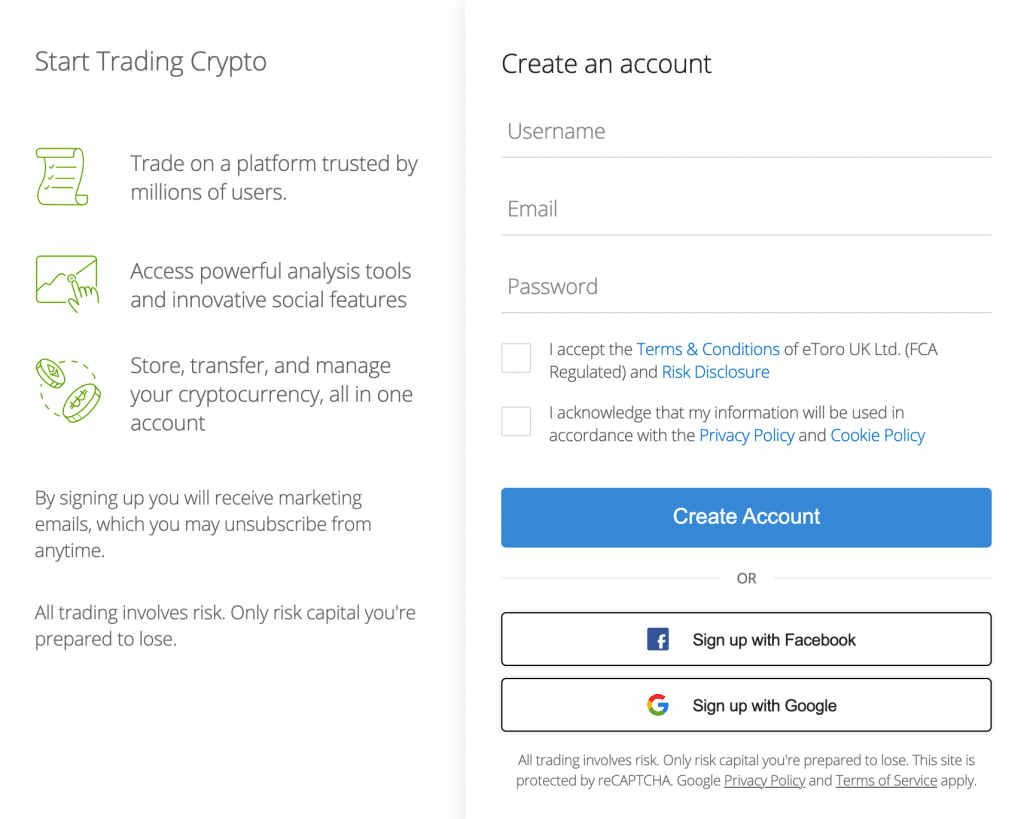
As any other regulated broker, eToro requires you to upload your ID and proof of address. Unlike others, though, eToro completes the verification process automatically, so you can start trading right away.
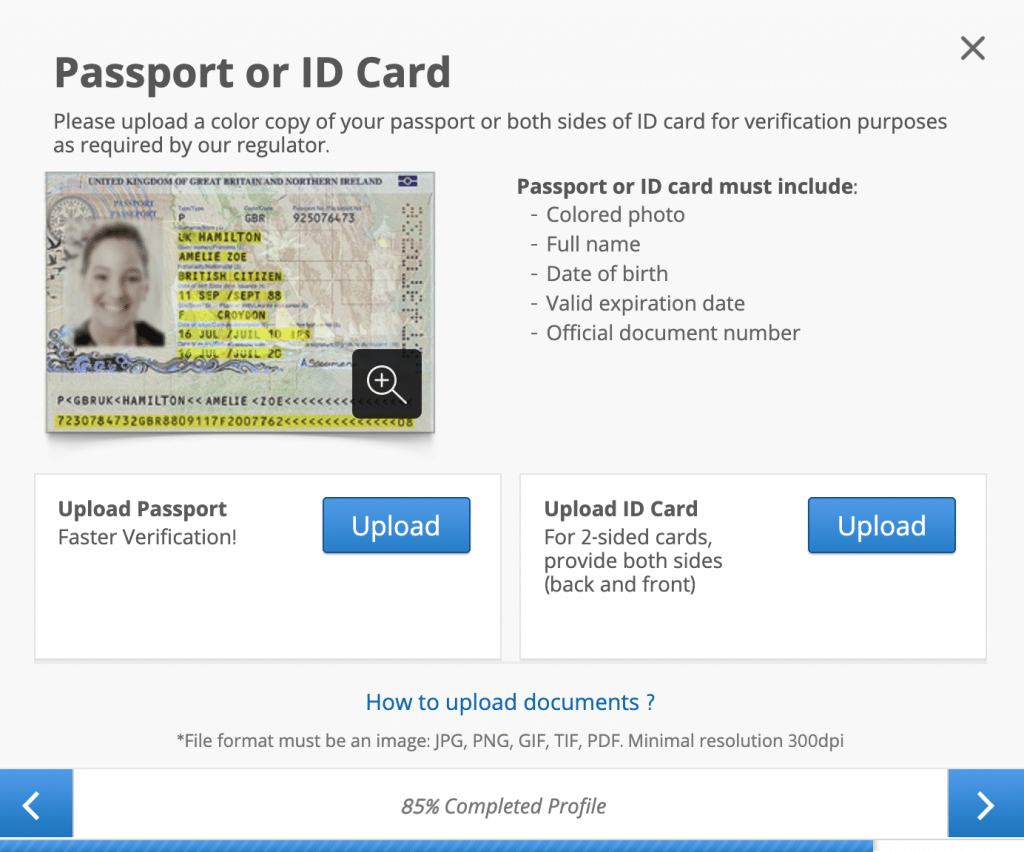
eToro offers a demo account for beginners or people interested in becoming familiar with the platform’s features and tools. You can create and manage your virtual portfolio at any time, without any restrictions. When you decide to start trading with real money, deposit your funds via one of the available methods. For instantaneous deposits, opt for a debit or credit card or an e-wallet like PayPal.
eToro has a large listing of domestic and foreign stocks. Use the search bar at the top to find the penny stocks that interest you, or choose “Discover” to find the main market movers or search stocks according to industry or exchange.
Once you have decided what penny stocks you wish to trade, click on the “Trade” button and add the amount of money you want to invest in the asset (minimum US$50), the price (at market price or your desired price level), and choose whether you want to use leverage, short-sell, or invest in the real stock.
All in all, penny stocks may not be for everyone – especially if your risk appetite is low. They are quite volatile and risky, but you can use risk management methods to limit your exposure. For instance, eToro has only exchange-traded penny stocks, which are significantly safer than OTC stocks. Also, you may want to check the trading volume of your chosen asset, as illiquidity means that you’ll have issues selling the asset when you want to book your profit.
Penny stocks come with high volatility – and their double-digit price swings can result in massive gains or losses. eToro’s risk management tools, like the stop-loss orders that automatically sell the asset if its price goes against you, help you fine-tune your strategy and find winning stocks while limiting the risk. Risk-averse investors may also opt for penny stocks – but they should be willing to ride out any market downturns if that’s the case, and conduct thorough fundamental analysis to find undervalued penny stocks.
With thousands of shares to buy from different markets, eToro provides plenty of risk management tools, charts, and even social trading features that benefit many investors. With a minimum of only US$50 per trade, you can create a diversified portfolio that contains different asset classes, such as stocks, bonds, commodities, and even exchange-traded funds, among others.